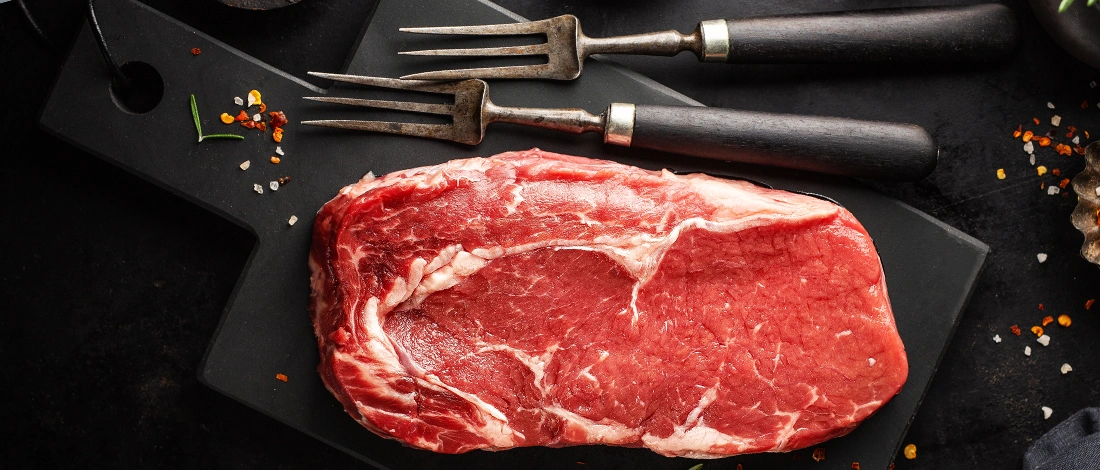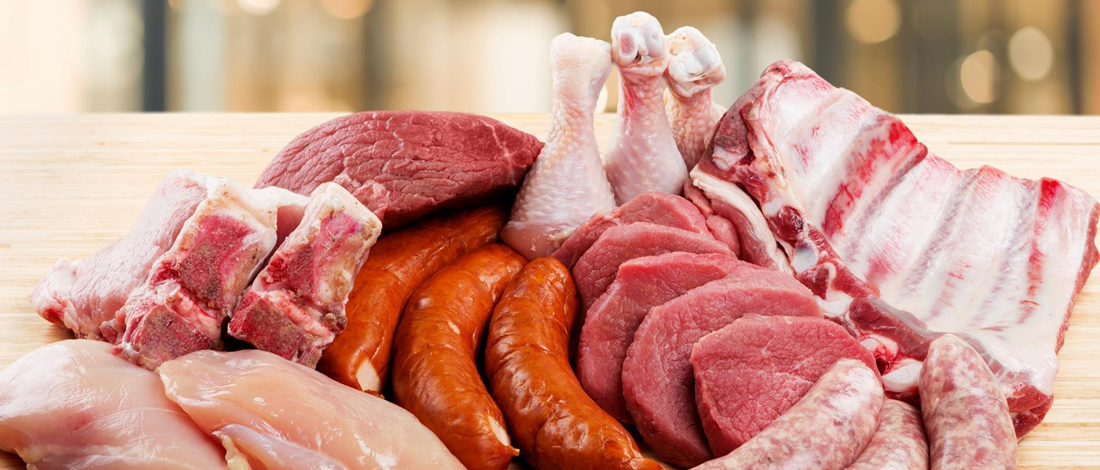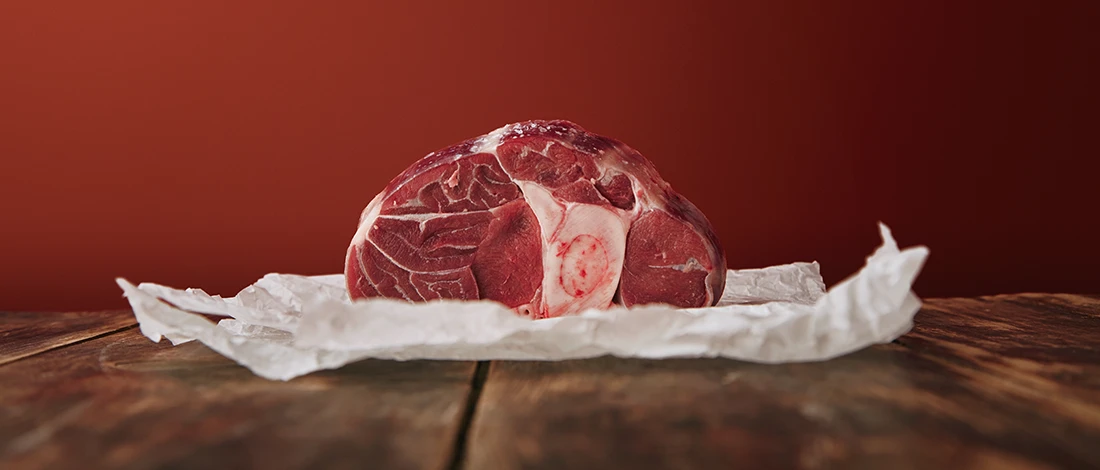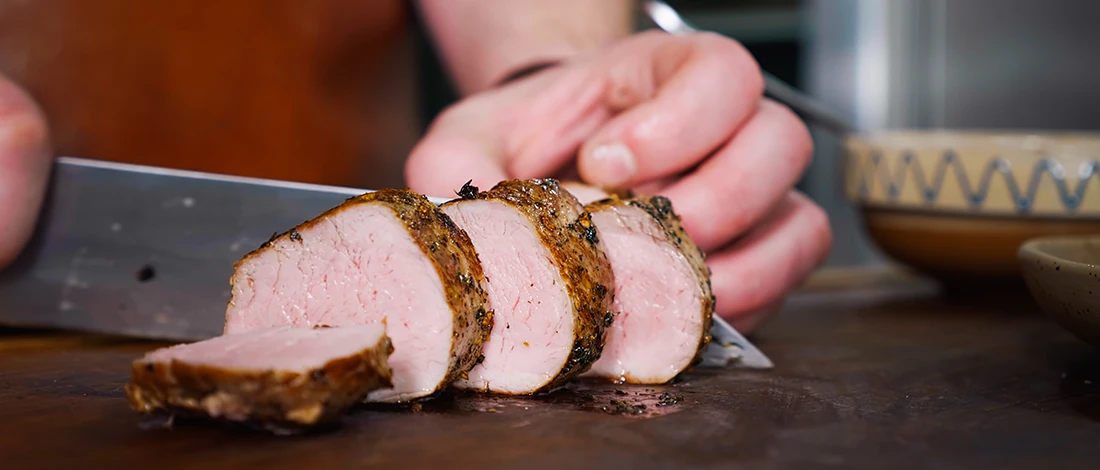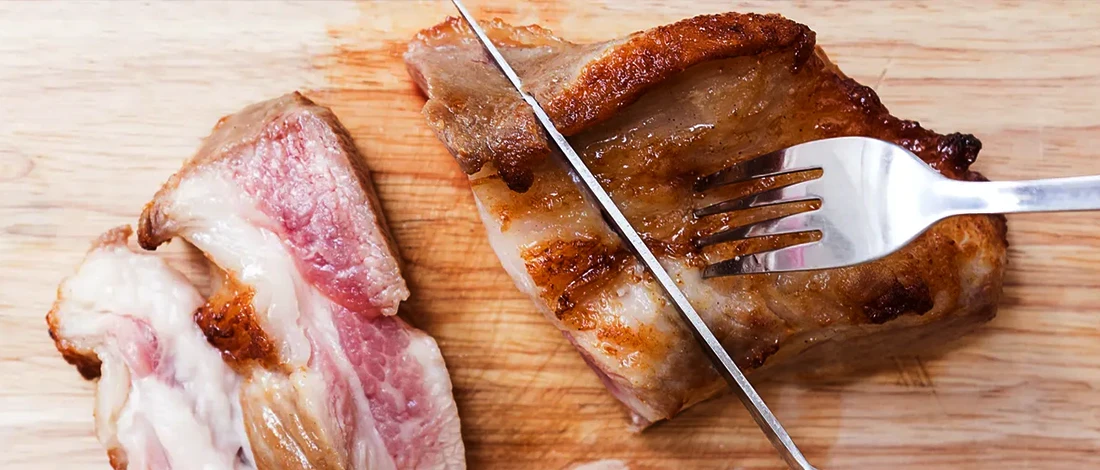Many culinary dishes incorporate raw meat as the main ingredient. As a result, it’s important to understand the risks associated with consuming raw meat.
With a decade of experience in the food industry, I’ve successfully helped many clients navigate the complex world of food safety.
I conducted extensive research on this topic to answer this question, consulting with food safety experts and reviewing scientific studies.
In this article, I’ll provide you with an overview of the risks associated with eating raw meat and offer some tips on how to stay safe.
Quick Summary
- Eating raw meat is possible but comes with risks, including foodborne illnesses and parasites.
- Safe raw meat choices include sushi-grade fish, high-quality beef, and some organ meats.
- Poultry, pork, and ground meat should never be eaten raw due to bacterial dangers.
Can You Eat Raw Meat?

You can eat raw meat if you are specific regarding the freshness of the meat and how the meat has been handled before arriving in your kitchen or on your plate.
Eating raw meat is never wholly risk-free, even when consumed at popular restaurants serving raw meat dishes.
However, you can minimize the risk by following the specific criteria below:
- Make sure you purchase fresh meat
- You should get your raw meat from a reputable source
- Keep the raw meat at the correct temperature
- Keep your meat from other raw meats
Also Read: Can You Eat Medium Rare Pork?
Dangers Of Eating Raw Meat
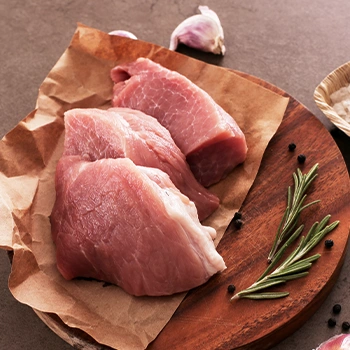
While it is technically possible to eat raw meat, significant risks are associated.
Eating raw beef or raw chicken carries various dangers that can impact your health in several ways:
Foodborne Illnesses
Raw meat, especially from animals raised for human consumption, can harbor harmful bacteria such as Salmonella, E. coli, and Campylobacter [1].
These bacteria can cause foodborne illnesses characterized by symptoms like nausea, vomiting, diarrhea, and abdominal pain. In severe cases, food poisoning can lead to hospitalization [2].
“Eating raw meat is not generally recommended. It should not be eaten by people with low or compromised immune systems, children younger than 5 years, people over 70 years of age with certain underlying conditions, and pregnant women.”
- New South Wales Food Authority [3]
Parasitic Infections
Raw or undercooked meat may contain parasites like tapeworms and Toxoplasma gondii [4]. These parasites can infect humans when they consume contaminated meat.
Infestations can lead to various health problems, including digestive issues and, in severe cases, neurological complications.
Cross-Contamination
Preparing raw meat in the same workspace as other foods, especially vegetables and fruits, can lead to cross-contamination.
Bacteria in raw meat can easily transfer to other ingredients, increasing the risk of foodborne illnesses.
Safety Concerns in Sourcing
Ensuring the safety of raw meat from farm to table can be challenging. Meat that isn't specifically labeled as safe for raw consumption may have been processed under conditions that increase the likelihood of contamination.
Health Vulnerabilities
People with weakened immune systems, pregnant women, young children, and the elderly are more susceptible to the dangers associated with eating raw meat. Their immune systems may not be robust enough to fight off infections effectively.
Cultural Considerations
Cultural practices surrounding raw meat consumption can also pose risks. Traditional dishes like steak tartare and sushi-grade fish have stringent requirements for sourcing and handling to reduce the chances of illness.
Read More: How Long Can Raw Meat Sit Out
What Meat Can You Eat Raw?
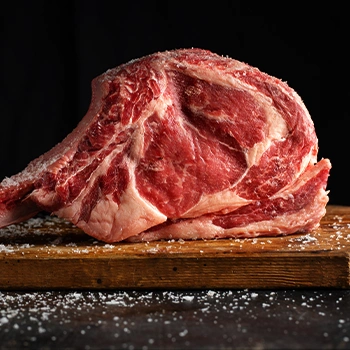
The meat you can eat raw includes certain types of fish, such as sushi-grade tuna and salmon. You can also eat raw beef dishes, provided it is of high quality and properly handled.
In Toriwasa, Japan’s cuisine, the chicken is lightly seared on the outside but left raw on the inside.
The popular dish sushi relies heavily on producing and consuming raw fish. Some shellfish, such as oysters, are also consumed raw as a delicacy.
Raw organ meat, such as liver consumption, is considered healthy and delicious in some cultures. However, the liver is more easily contaminated due to its proximity to the gut in the animal's innards.
Of all the meat eaten raw, raw beef is the least likely to cause problems from parasites.
Chicken and pork are more likely to have parasites that pose health risks, so these meats should be consumed raw cautiously.
Which Meat Should Never Be Eaten Raw?
The meats you should never eat raw include poultry, pork, and ground meat [5]. Consuming these raw meats can expose you to harmful bacteria like Salmonella and E. coli, leading to severe foodborne illnesses.
The meat with the highest potential to cause problems when eaten raw is arguably the healthiest meat to eat when cooked!
Venison, or wild meat, is very healthy to consume when cooked because of its low-fat content and less likelihood of antibiotic loading than farmed meat.
However, venison should not be eaten raw because of the higher exposure of wild game to parasites, disease, and bacteria.
Bear meat should never be consumed raw and should also not be eaten rare since the low heat for rare-cooked meat is insufficient to destroy the trichinella worm larvae.
Read More:
Does Rare Cooked Meat Count As Raw Meat?
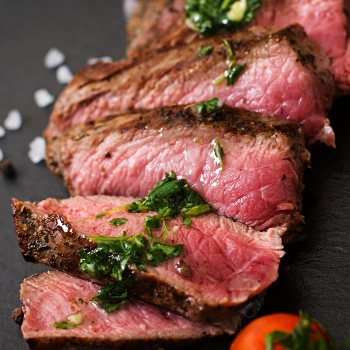
Rare cooked meat is not considered raw meat, but it holds similar risks for food poisoning and parasite contamination as raw meat.
The temperatures for rare meat are often below what is needed to destroy the pathogens or parasites. A better level of cooked-ness to eat your meat at is medium-rare.
The only way to cook medium-rare meat safely is to use an instant-read thermometer.
Using your senses, such as touch and sight, must be more accurate to guarantee the meat is cooked to the correct temperature for medium-rare.
For a raw steak to be cooked to medium-rare, it must be cooked to an internal temperature of 145°F or 62.8°C and then left to rest for at least 3 minutes before being eaten [6].
An instant-read meat thermometer is a tool you should only use when grilling or smoking meat outdoors or cooking meat in the kitchen to ensure you are getting your temperatures correct in your meat.
FAQs
Can You Eat Raw Meat and Organs?
You cannot eat raw meat and organs as it can pose serious health risks due to potential bacterial contamination. It's safer to cook them thoroughly to prevent foodborne illnesses.
Is Consuming Raw Beef Okay?
Consuming raw beef is not okay as it can contribute to health risks. Raw or undercooked beef can have potential bacterial contamination, including E. coli and Salmonella.
References:
- https://www.ncbi.nlm.nih.gov/pmc/articles/PMC9799061/
- https://www.ncbi.nlm.nih.gov/pmc/articles/PMC6116329/
- https://www.foodauthority.nsw.gov.au/consumer/special-care-foods/raw-meat-safe-eating
- https://www.betterhealth.vic.gov.au/health/conditionsandtreatments/toxoplasmosis
- https://www.cdc.gov/foodsafety/foods-linked-illness.html
- https://www.healthline.com/nutrition/meat-temperature

